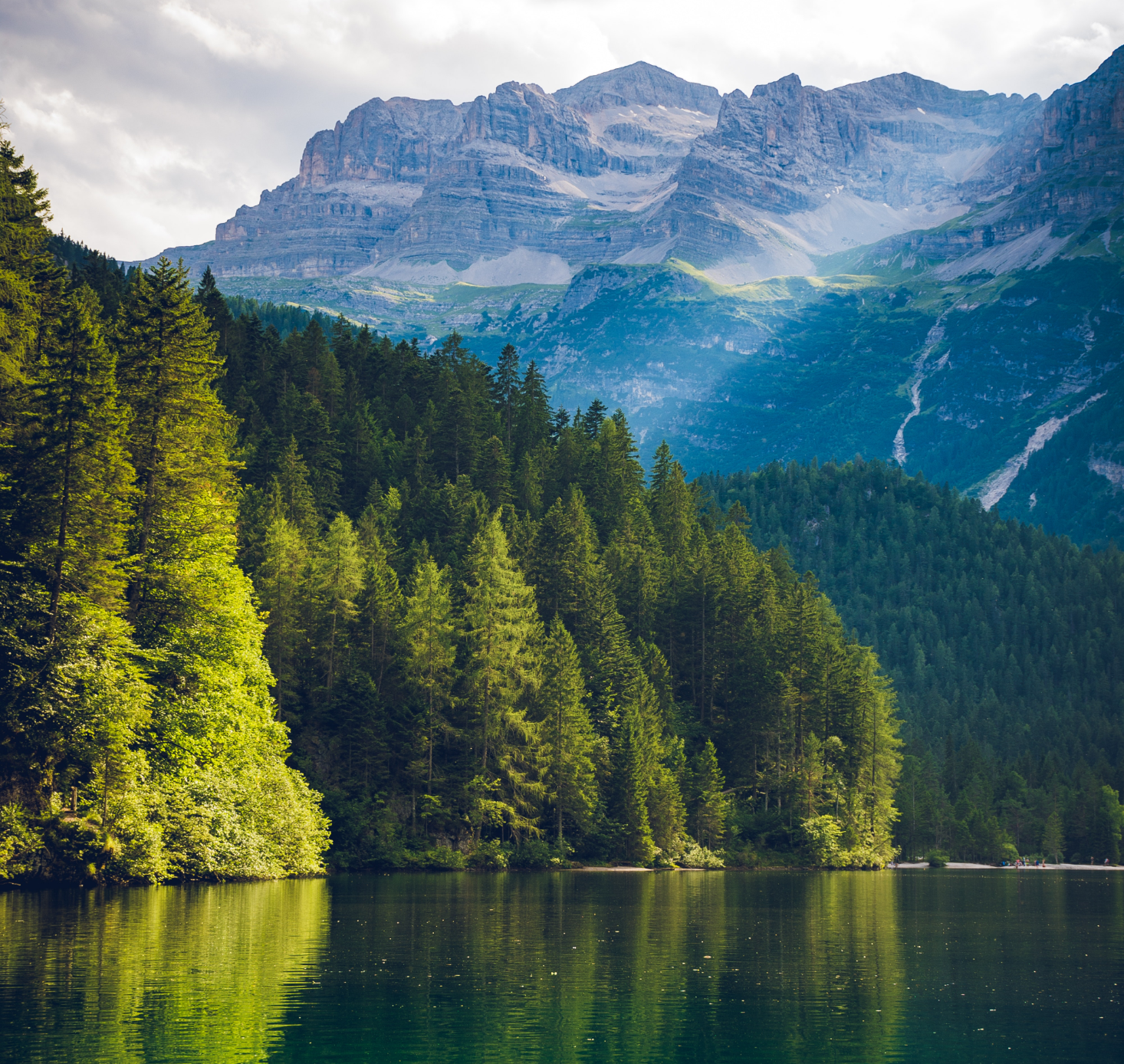
Freshwater
Only 2.5% of the Earth’s water is freshwater and almost all of it is locked up in ice and in the ground. Only a little more than 1.2% of all freshwater is surface water, which serves most of life’s needs. Higher temperatures and more extreme and less predictable weather conditions are projected to affect availability and distribution of rainfall, snowmelt, river flows and groundwater, and further deteriorate water quality.
Low-income communities, who are already the most vulnerable to any threats to water supply are likely to be worst affected. More floods and severe droughts are predicted. Changes in water availability will also impact health and food security and have already proven to trigger refugee dynamics and political instability.
Next to agriculture, the garment and textile industry is one of the most water-intensive industries in the world. One standard cotton T-shirt can require as much as 2,720 litres of water to produce. This is why we believe in choosing organic cotton and other fabrics that use far less water in comparison. You can read more about our sustainability initiatives here.
Things that can be done to protect freshwater supplies are:
– Restrict the construction of dams
– Provide incentives for farming business to reduce the use of pesticides
– Establish protected wetlands areas
– Regulate water withdrawal for human use


